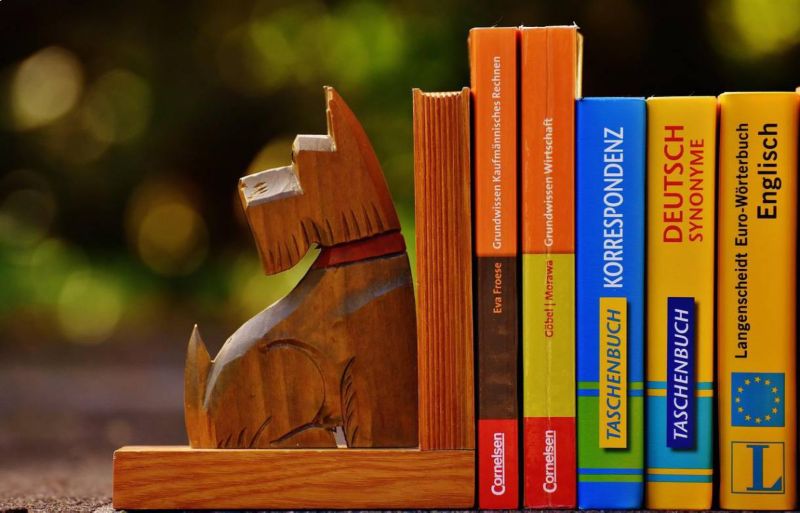Reading lists are an interactive and collaborative way of managing course learning materials. Find out more about the Reading List app in Canvas, how reading lists benefit you and your students, and how the Library can help you get started.
About the Reading List app
Integrated with Canvas, the Reading List app allows teaching staff to create and manage dynamic reading lists that connect students directly with their course learning materials. Search library-owned material, as well as open web-based resources, and add e-books, book chapters, journal articles, videos, podcasts and webpages to enable easy access for students to copyright-compliant material.
How the Library can help
Our Teaching support team offers:
- advice on reading list activation, publishing and rollover
- 'Introduction to Reading Lists' webinars
- Reading lists workshops (set up your first reading list amongst your peers)
- copyright compliance assurance
- troubleshooting advice.
Reading lists in Canvas
Information, instructions and best practice advice on how to:
- add the Reading List app to your Canvas course navigation
- create a new reading list
- add items to your reading list
- diversify your reading list
- send the list to the Library, and publish.
For all practical advice, go to:

Diversifying your reading list
One of the priority action areas of the IDEA Framework is "education and research that demonstrate best practice in inclusion, diversity, equity and access". We've suggested some strategies that might enable you to address this priority.
Benefits of using the Reading List app

For academics
- Link students directly to learning materials
- Ensure copyright compliance
- Provides statistics on student usage
- Collect and store readings, then add them to courses whenever you want
- Easy to update and rollover lists each semester
- Collaborate with others to create reading lists.

For students
- Easy and effective way to find and access course learning materials
- Lists can be accessed anywhere, any time, on any device
- Reduces the cost of course materials for students
- Maximises the use of library-owned resources and open educational resources
- Provides functionality to ‘like’ readings and discuss them.

Why I use Reading Lists
An RMIT teacher, Cathryn Nolan, explains the benefits of using Reading Lists (video 2:23 mins).

